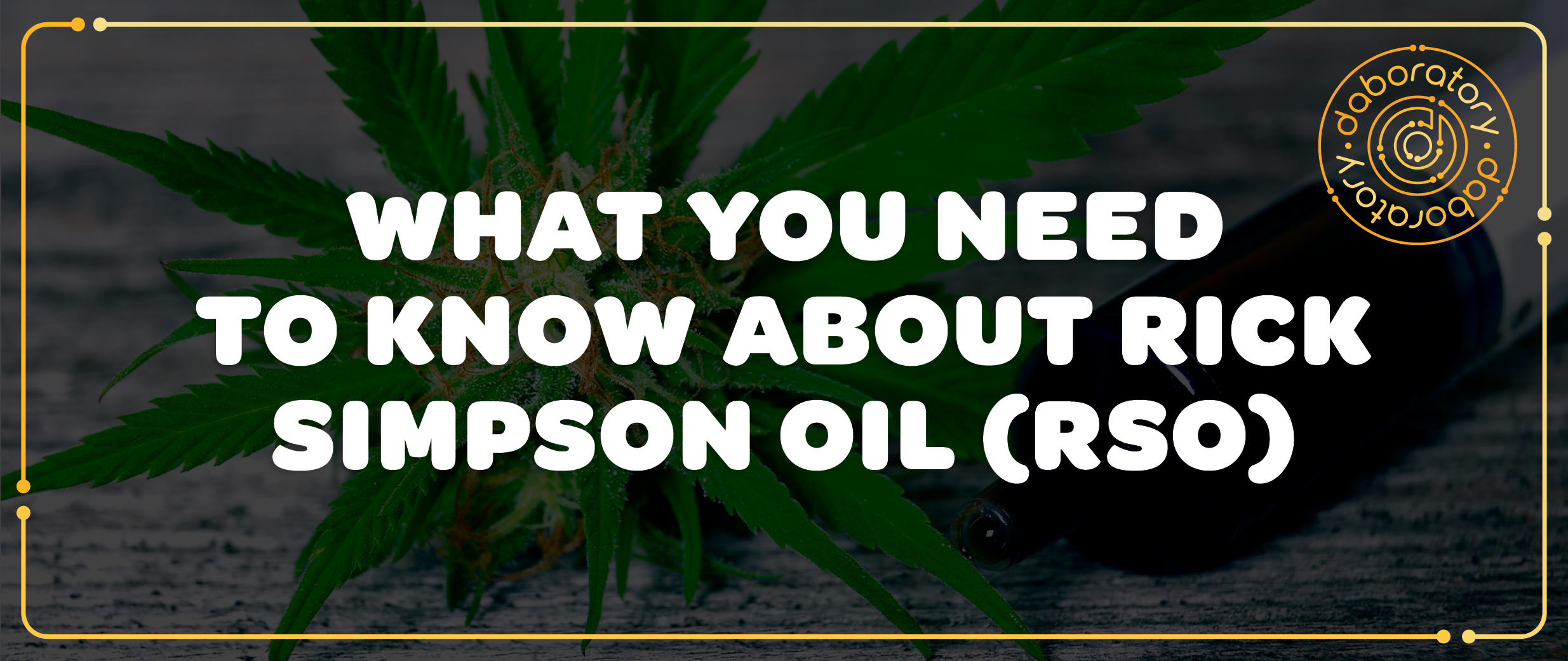Whether you’re a newcomer or a cannabis connoisseur, developing discernment around product preference can be likened to the onion metaphor – once one layer is peeled back, more reveal themselves. For instance, going to the dispensary to pick up some wax requires decision making that’s not just based simply on cost. A question like do I want live resin or sugar wax? breaks down into its own cornucopia of questions. Starting with, what’s the difference between the two?
Live Resin vs. Other Concentrates

The most significant difference between live resin and other cannabis concentrates not deemed ‘live’ can be found by
comparing their flavor profiles. Live resins are so enjoyed by weed lovers far and wide because they are typically the most “terpy” out of the concentrates. Meaning, unlike other wax varieties, live resin maintains the full terpene profile of the original cannabis plant.
Terpenes are like a genetic backbone to each strain’s unique high, evident in the nuanced differences in the high produced by sativa and indica strains. They are the compounds responsible for how most plants smell and are typically associated with cannabis plants because of their notoriously high concentration that so often is said to smell like a skunk. Terpenes also support other cannabis compounds in producing physiological and cerebral effects, which supports the idea that whole-plant cannabis is superior to isolated compounds because of the entourage effect.
How does live resin maintain such a robust flavor profile?
A cannabis plant can take many different types of journeys after its harvest. The nature of that journey is what determines the type of product it produces. But still, you might be thinking, how do verdant fields of cannabis go from a lush landscape to a pinkie-finger sized cartridge containing only the most desired parts of each plant?
Post-harvest, the plant is taken through an extraction process. This is where it starts to feel a little like a Frankenstein laboratory – the desired end product determines whether the extraction requires a solvent or not. For example, live resin and distillates are the result of an extraction process that uses a solvent, whereas live rosin is solventless.
Concentrates that are considered live are derived by freezing freshly harvested cannabis and keeping it at subcritical temperatures before and throughout the extraction process, skipping the drying and curing phases all together. Essentially, by freezing the plant, the degradation of the plant’s most delicious flavor and aromatic compounds is minimized. Thus, yielding a rich flavor that is true to its unique strain.



